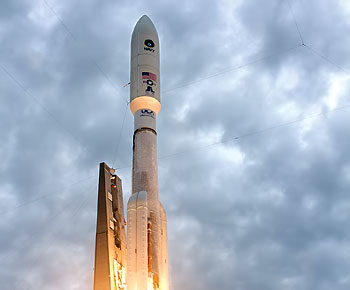INDIAN ARMED FORCES CHIEFS ON OUR RELENTLESS AND FOCUSED PUBLISHING EFFORTS

The insightful articles, inspiring narrations and analytical perspectives presented by the Editorial Team, establish an alluring connect with the reader. My compliments and best wishes to SP Guide Publications.

"Over the past 60 years, the growth of SP Guide Publications has mirrored the rising stature of Indian Navy. Its well-researched and informative magazines on Defence and Aerospace sector have served to shape an educated opinion of our military personnel, policy makers and the public alike. I wish SP's Publication team continued success, fair winds and following seas in all future endeavour!"

Since, its inception in 1964, SP Guide Publications has consistently demonstrated commitment to high-quality journalism in the aerospace and defence sectors, earning a well-deserved reputation as Asia's largest media house in this domain. I wish SP Guide Publications continued success in its pursuit of excellence.
- Indian Air Force Aims for Full Indigenous Inventory by 2047 — Air Chief Marshal A.P. Singh
- General Upendra Dwivedi takes over as the Chief of the Army Staff
- Rajnath Singh assumes charge as Defence Minister for the second consecutive term
- Admiral Dinesh K. Tripathi assumes Command of the Indian Navy as 26th Chief of the Naval Staff
- Prime Minister witnesses 'Bharat Shakti' – a Tri-Services Firing and Manoeuvre Exercise in Pokhran, Rajasthan
Lockheed Martin's successful launch of new military communications satellite

The second mobile user objective system (MUOS) satellite built by Lockheed Martin for the US Navy is responding to commands after being launched from Cape Canaveral Air Force Station, Florida. The Lockheed Martin-led initialisation team is now commanding the satellite from the Naval Satellite Operations Center located at the Naval Base Ventura County, Point Mugu, California.
The MUOS constellation replaces the legacy ultra high frequency (UHF) followon system and delivers secure, prioritised voice and data communications, a first for mobile users who need high-speed mission data on the go.
“MUOS is providing capability for mobile users that never existed before,” said Iris Bombelyn, Lockheed Martin Vice President of Narrowband Communications. “We look forward to testing and delivering the second satellite of the MUOS constellation to our Navy customer. This on-orbit testing will prove the MUOS system capabilities and allow us to deliver the full suite of services available through the MUOS payloads, on MUOS-1 as well as MUOS-2.”
The first MUOS satellite, launched in 2012, has been providing high quality legacy voice communications for users, and terminals are already testing using the advanced payload that enables data exchanges. More than 20,000 existing terminals are compatible with and can access the MUOS legacy payload, and with the release of the new waveform developed for increased datahandling capacity, many of these terminals can be retro fitted to access the wideband code division multiple access payload.





